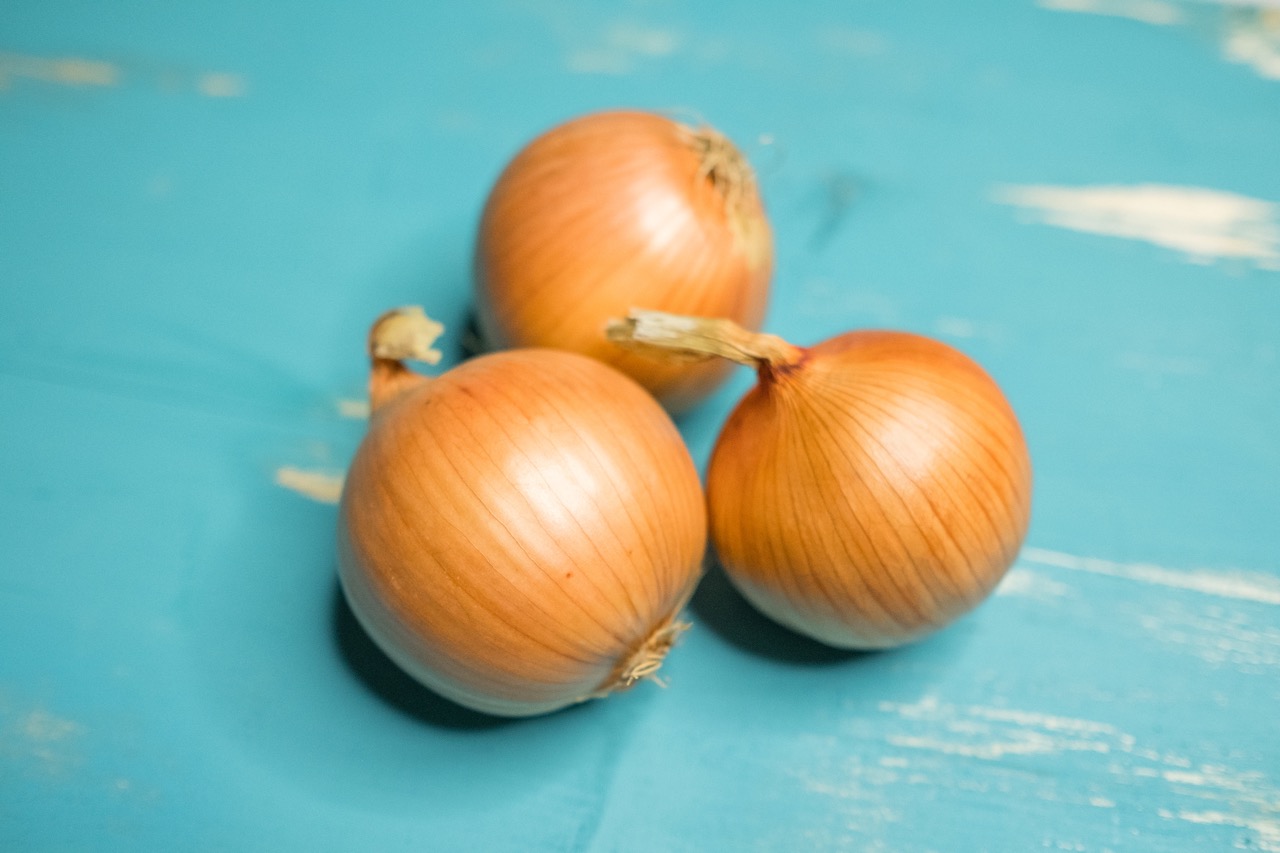

Articles
How To Store Sweet Onions
Modified: August 20, 2024
Learn the best techniques for storing sweet onions in this informative articles. Keep your onions fresh and flavorful for longer with these expert tips.
(Many of the links in this article redirect to a specific reviewed product. Your purchase of these products through affiliate links helps to generate commission for Storables.com, at no extra cost. Learn more)
Introduction
Sweet onions are a versatile and flavorful ingredient that adds a distinct taste to a variety of dishes. However, storing them properly is crucial to ensure their freshness and extend their shelf life. By following a few simple steps, you can keep your sweet onions fresh and flavorful for a longer period of time.
In this article, we will guide you through the process of choosing the right onions, harvesting them, cleaning and preparing them for storage, and implementing effective storage methods to maintain their quality. We will also provide you with some tips and tricks to extend the shelf life of your sweet onions. So, let’s get started!
Key Takeaways:
- Choose high-quality sweet onions like Vidalia, Walla Walla, or Maui for longer shelf life and fresher taste in your dishes. Look for firm texture, mild scent, and medium to large size when selecting sweet onions.
- Store sweet onions in a cool, dark, and well-ventilated place, away from sunlight and certain foods. Regularly check and sort them to maintain freshness. Avoid excessive moisture and store them separately from other produce.
Read more: How To Store Onions
Choosing the Right Onions
When it comes to selecting sweet onions for storage, you want to ensure that you choose the right type of onions that are known for their sweetness and long shelf life. Here are a few factors to consider when selecting sweet onions:
- Variety: Opt for varieties such as Vidalia, Walla Walla, or Maui, which are known for their sweet flavor and excellent storage qualities.
- Texture: Look for onions that are firm and free from any soft spots or blemishes. Smooth and dry outer skin indicate good quality onions.
- Size: Choose onions that are medium to large in size, as smaller onions tend to have a shorter shelf life.
- Scent: Sweet onions should have a mild and pleasant aroma. Avoid onions that have a pungent or strong smell, as it may indicate that they are overripe or nearing spoilage.
Remember, selecting the right onions is the foundation for successful storage. By choosing high-quality sweet onions, you are setting yourself up for a longer shelf life and fresher taste in your culinary creations.
Harvesting Sweet Onions
The timing of harvesting sweet onions is crucial to ensure that they are at their peak flavor and have the best storage potential. Here are some guidelines to follow when harvesting sweet onions:
- Observe the foliage: Keep an eye on the foliage of the onion plants. When the tops start to yellow and fall over naturally, it is a sign that the onions are ready for harvest.
- Check the bulb size: Gently push aside the soil around the bulb and check the size. Sweet onions should have fully formed bulbs that are plump and have a good size.
- Loosen the soil: Use a garden fork or a spade to gently loosen the soil around the onions. Try to avoid damaging the bulbs while doing so.
- Cure the onions: After harvesting, lay the onions in a single layer in a well-ventilated area. Allow them to cure for a couple of weeks until the outer skin becomes dry and papery.
It is important to handle the harvested onions with care to prevent any bruising or damage. By properly harvesting sweet onions at the right time and providing them with the necessary curing period, you are ensuring that they will store well and maintain their delicious flavor.
Cleaning and Preparing Sweet Onions for Storage
Before you store sweet onions, it is essential to clean and prepare them properly. Here’s a step-by-step guide on how to clean and prepare sweet onions for storage:
- Remove dirt and debris: Start by gently brushing off any loose dirt or debris from the onions. Avoid using water as excess moisture can lead to spoilage.
- Trim the tops: Trim the tops of the onions, leaving about an inch of the stem intact. This helps to prevent moisture loss and keeps the onions fresh.
- Inspect for any signs of damage: Examine each onion for any signs of rot, bruising, or soft spots. Discard any onions that show signs of damage to prevent them from spoiling others during storage.
- Allow the onions to breathe: Sweet onions need ventilation to prevent moisture buildup. Avoid sealing them in plastic bags or airtight containers, as this can trap moisture and promote rotting.
By properly cleaning and preparing sweet onions, you are removing dirt, reducing the risk of spoilage, and creating an ideal environment for long-term storage. Taking these simple steps will help preserve the quality and flavor of your onions until you’re ready to use them.
Storing Sweet Onions in a Cool and Dry Place
The key to storing sweet onions successfully is providing them with the right environmental conditions. Here’s how to store sweet onions in a cool and dry place:
- Choose a suitable storage location: Select a cool and dry place in your home that has good air circulation. A pantry, basement, or a cool corner of your kitchen can be ideal storage spots.
- Avoid exposure to sunlight: Sweet onions should be stored in a dark place away from direct sunlight. Sunlight can cause onions to spoil and sprout prematurely.
- Keep humidity in check: Onions prefer low humidity levels. Aim for a humidity range of 60-70%. Excess moisture can lead to mold and rot, while too little moisture can cause onions to dry out.
- Utilize airflow: Ensure proper ventilation by storing onions in a mesh bag, a wire basket, or on a slatted shelf. This allows air to circulate around the bulbs, preventing them from becoming damp and moldy.
- Avoid storing near certain foods: Keep onions away from potatoes and other fruits or vegetables, as they release gases that can cause onions to spoil more quickly.
Remember to periodically check on your stored sweet onions and remove any bulbs that show signs of spoilage to prevent it from spreading to the rest. By following these storage guidelines, you can prolong the shelf life of your sweet onions and enjoy their delicious flavor in various recipes for an extended period of time.
Store sweet onions in a cool, dry, well-ventilated area. Avoid storing them near potatoes, as the gases they release can cause onions to spoil faster. Keep them in a mesh bag or open container to allow for air circulation.
Read more: How To Store Garlic And Onions
Using Containers for Onion Storage
Using containers can be an effective method for storing sweet onions, as they provide added protection and organization. Here’s how you can use containers for onion storage:
- Select the right containers: Choose containers that are well-ventilated, such as mesh bags, paper sacks, or wooden crates. These allow for proper airflow, preventing moisture buildup and helping to keep the onions fresh.
- Avoid plastic bags: While plastic bags may seem convenient, they can trap excess moisture and lead to onion rot. Plastic containers with ventilation holes can be used, but ensure they provide sufficient airflow.
- Place onions in a single layer: Arrange the onions in a single layer in the container, without stacking or overcrowding. This helps to prevent bruising and allows for better air circulation.
- Label and date the containers: For easy identification, label each container with the onion variety and the date of storage. This will help you keep track of the onions’ freshness and rotation.
- Store in a cool and dry place: Place the containers in a cool and dry location, following the guidelines mentioned earlier. Remember to keep them away from sunlight and maintain the ideal humidity level.
Using containers for onion storage not only helps to keep them organized but also provides the necessary ventilation and protection. By following these tips, you can ensure that your sweet onions remain fresh and flavorful over an extended period.
Checking and Sorting Onions Regularly
To maintain the quality of your sweet onions during storage, it is important to regularly check and sort them. Here’s why it’s important and how to do it:
Why check and sort: Over time, onions may develop soft spots, sprout, or show signs of spoilage. By checking and sorting them regularly, you can identify any problematic onions and remove them promptly, preventing the spread of spoilage to the rest of the batch.
How to check and sort:
- Inspect for any visual changes: Examine each onion closely for any signs of mold, softening, sprouting, or decay. Discard any onions with obvious damage or signs of spoilage.
- Squeeze test: Gently squeeze each onion to check for firmness. Onions should feel firm and not give in to pressure. If you notice any soft or mushy areas, it is an indication that the onion is starting to spoil.
- Remove sprouted onions: If any onions have started to sprout, separate them from the others. Sprouted onions are still safe to eat but may have a different taste and texture, so it’s best to use them first.
- Resort if necessary: If you notice that some onions are not storing well or have started to spoil, it may be necessary to rearrange them in different containers or separate the remaining good onions from the spoiled ones.
Regularly checking and sorting your sweet onions ensures that you catch any issues early on and maintain the quality of the stored onions. By removing any problematic onions promptly, you can prolong the shelf life of the remaining batch and enjoy fresh and delicious sweet onions for an extended period.
Tips for Extending Onion Shelf Life
To maximize the shelf life of sweet onions and keep them fresh for as long as possible, consider the following tips:
- Keep onions separate: Onions release gases that can cause other fruits and vegetables to spoil faster. Store them separately from potatoes, fruits, and other vegetables to prevent cross-contamination.
- Avoid excessive moisture: Moisture can lead to onion rot and spoilage. Make sure the storage area is dry, and avoid storing onions near areas with high humidity, such as sinks or dishwashers.
- Don’t wash onions before storage: Moisture can lead to mold and spoilage. Only clean and wash onions when you are ready to use them, right before cooking.
- Don’t store onions near heat sources: Heat can accelerate the decay process. Keep onions away from direct sunlight, stovetops, or heat-emitting appliances to maintain their freshness.
- Avoid storing cut onions: Once an onion is cut, it becomes more susceptible to spoilage. If you have leftover chopped onions, store them in a sealed container in the refrigerator for short-term use.
- Use the oldest onions first: To prevent waste, use the onions that were stored first before moving on to the fresher ones. This will help rotate your onion supply and ensure you use them before they spoil.
- Consider freezing or dehydrating: If you have an abundance of onions that you can’t consume before they spoil, consider freezing or dehydrating them. Freezing onions requires blanching them first, while dehydrating can be done in a food dehydrator or oven on low heat.
By implementing these tips, you can extend the shelf life of sweet onions and minimize waste. With proper storage and care, you can have a steady supply of fresh and flavorful onions for your culinary endeavors.
Conclusion
Properly storing sweet onions is essential for preserving their flavor and extending their shelf life. By selecting the right onions, harvesting them at the right time, and cleaning and preparing them for storage, you set the foundation for successful storage. Storing sweet onions in a cool and dry place, whether it’s in a well-ventilated container or a suitable storage location, helps to maintain their freshness and prevent spoilage. Regularly checking and sorting onions ensures that any problematic bulbs are quickly removed, preventing further spoilage in the batch. To further extend the shelf life of sweet onions, following useful tips such as keeping them separate from certain foods, avoiding excessive moisture, and using the oldest onions first can make a significant difference.
By following these guidelines, you can enjoy the delightful taste of sweet onions in various dishes for a longer period. Remember to keep an eye on your stored onions and discard any that show signs of spoilage. With proper storage techniques, you can savor the sweetness of onions and add their amazing flavor to your recipes for weeks or even months after harvest.
So, make the most out of your sweet onions by giving them the care and attention they deserve during storage. With a little effort, you can enjoy the distinct taste and versatility of sweet onions in your culinary creations for an extended period, ensuring that your meals are always infused with delicious flavor.
Frequently Asked Questions about How To Store Sweet Onions
Was this page helpful?
At Storables.com, we guarantee accurate and reliable information. Our content, validated by Expert Board Contributors, is crafted following stringent Editorial Policies. We're committed to providing you with well-researched, expert-backed insights for all your informational needs.
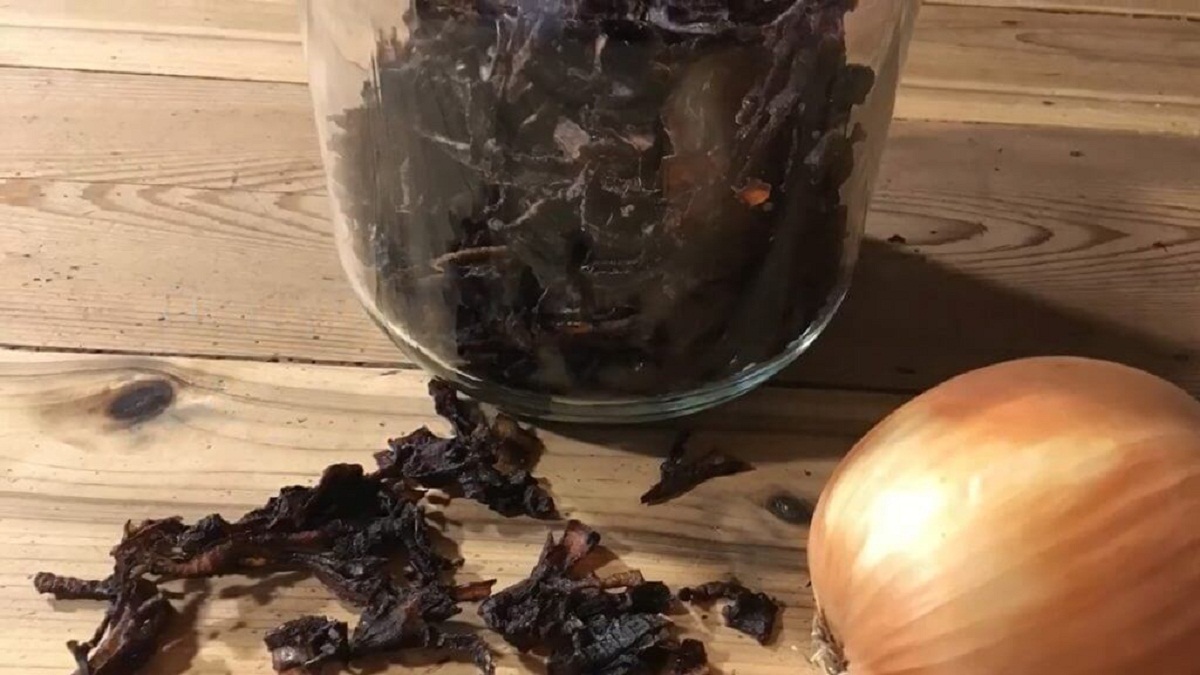
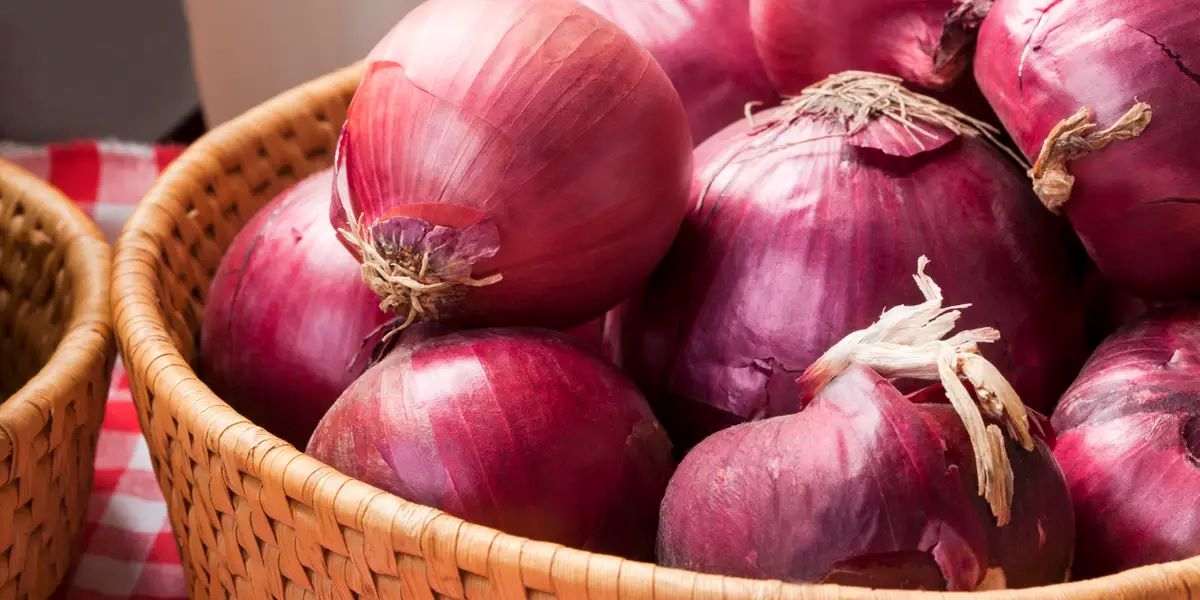
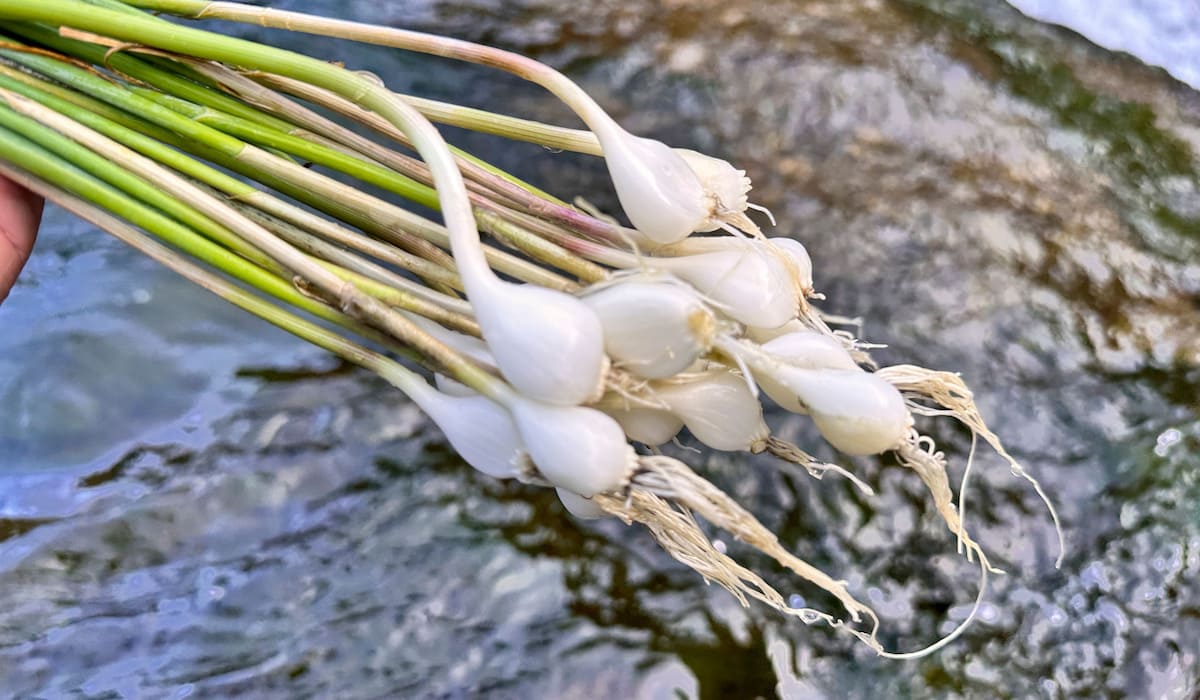
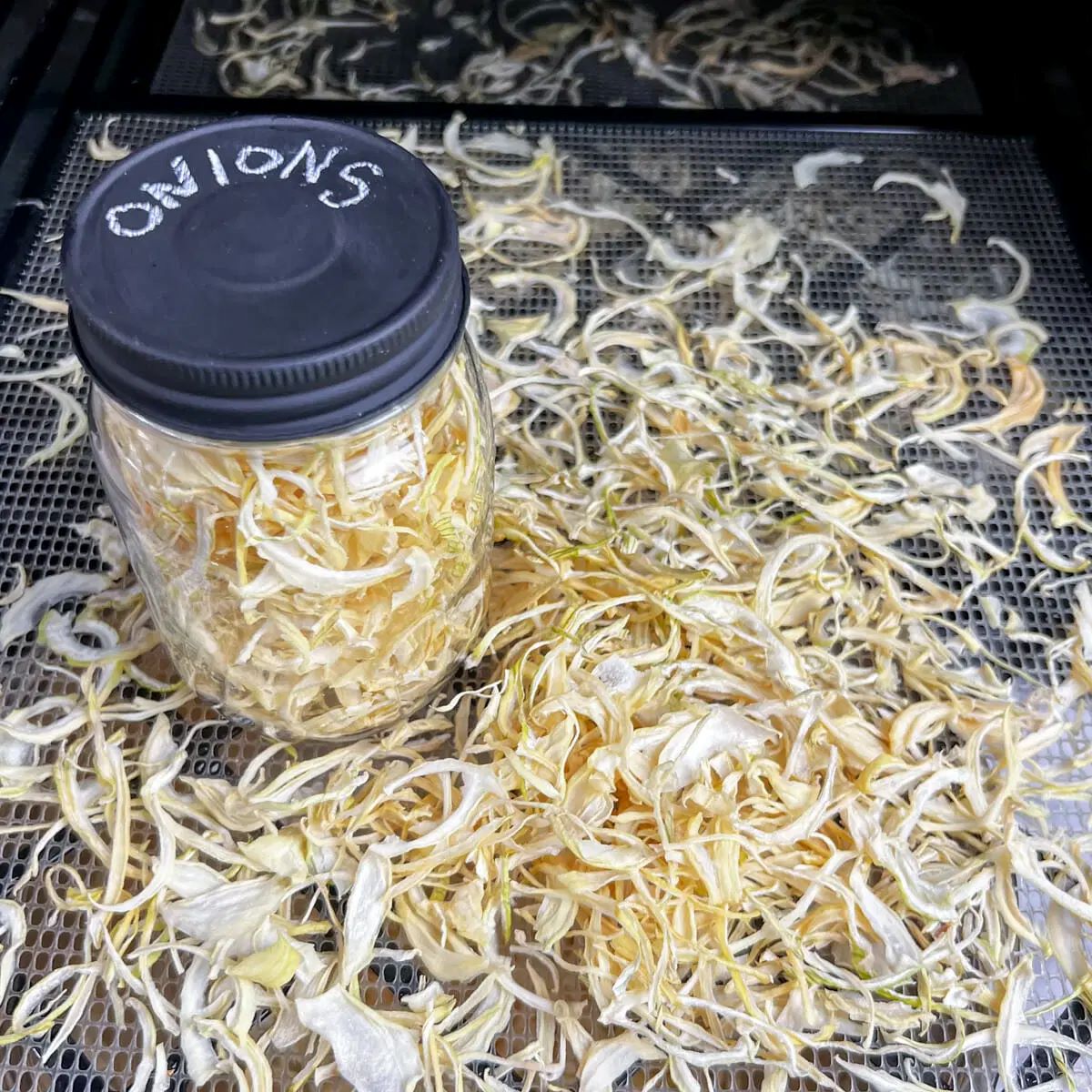
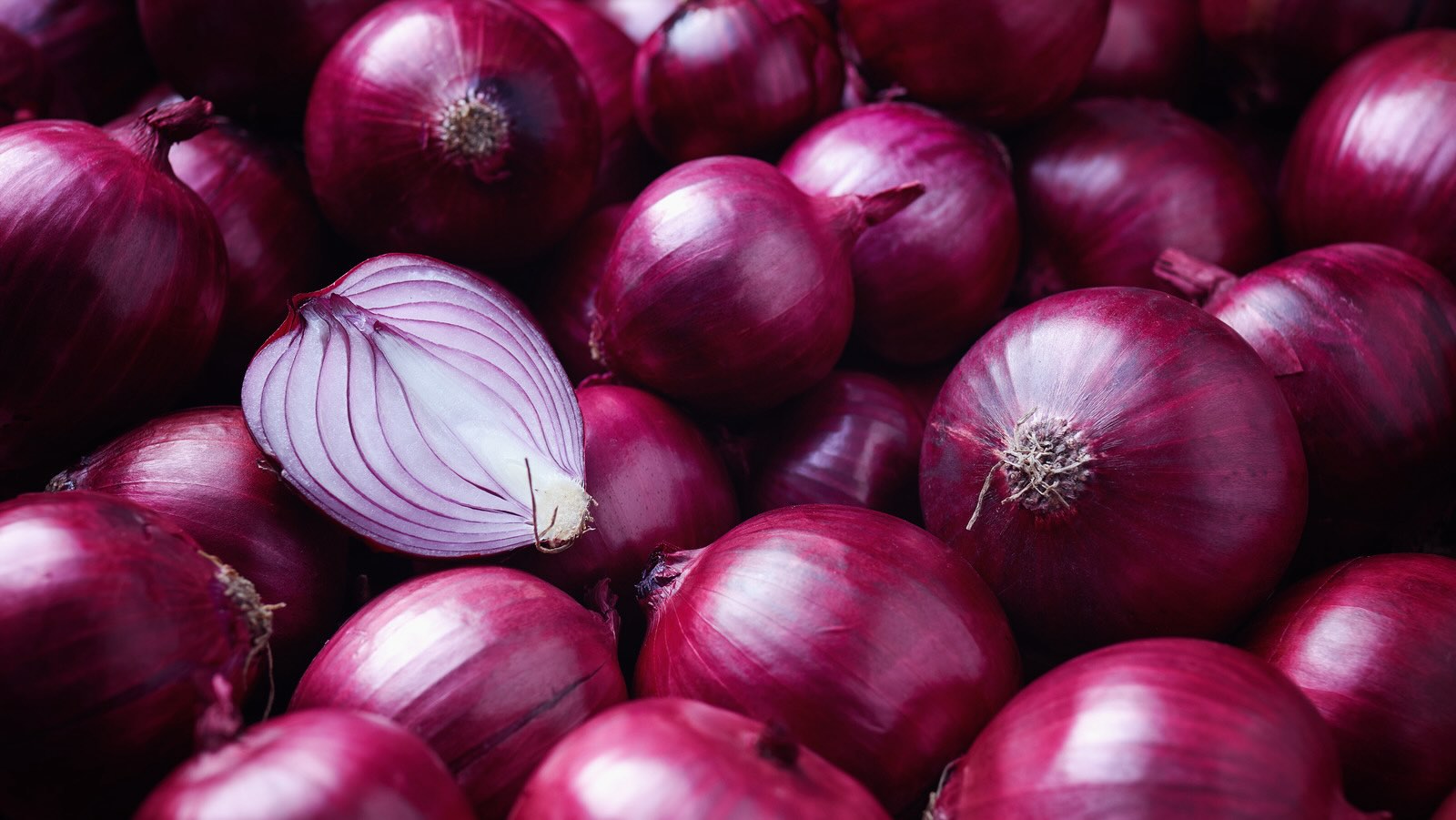
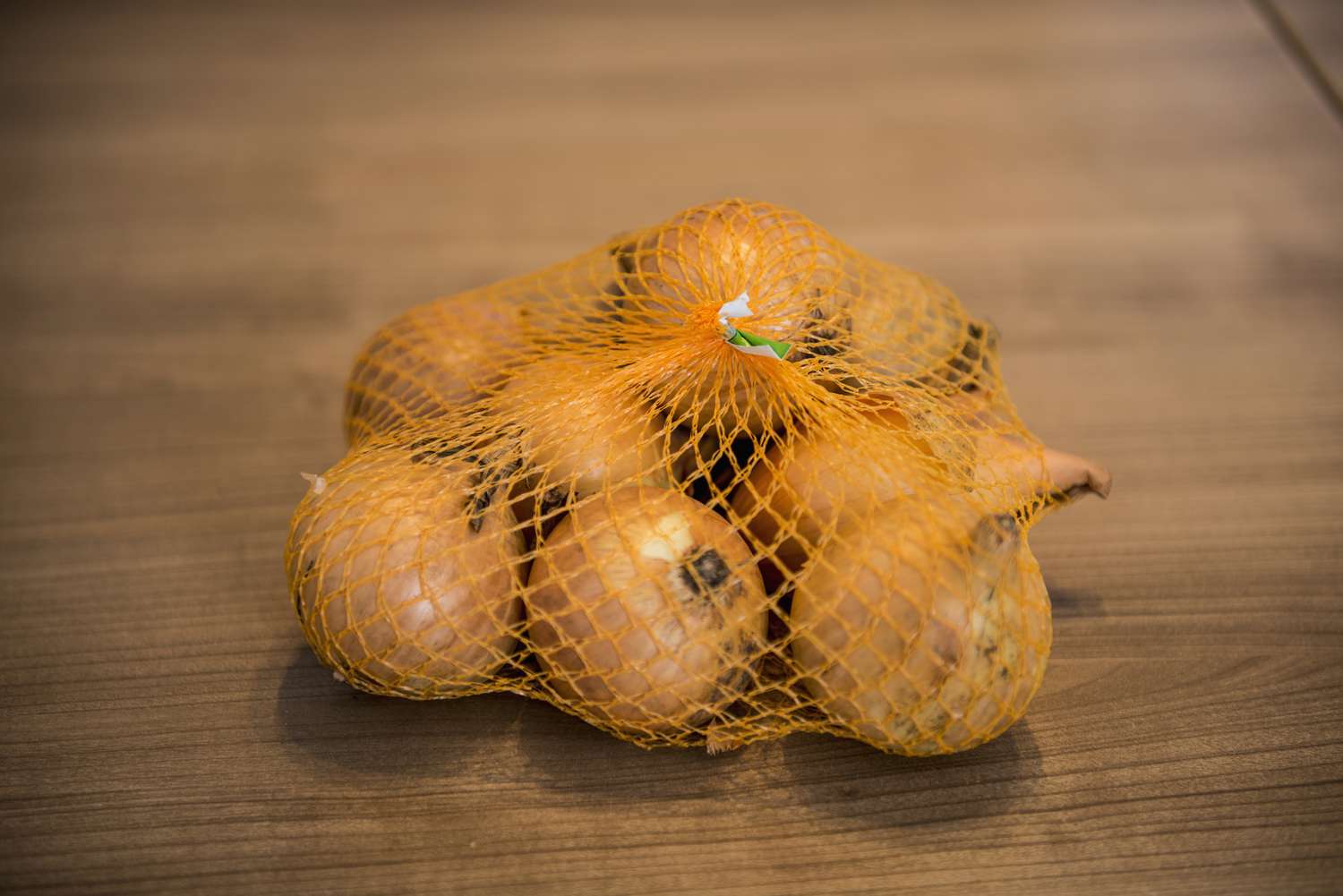
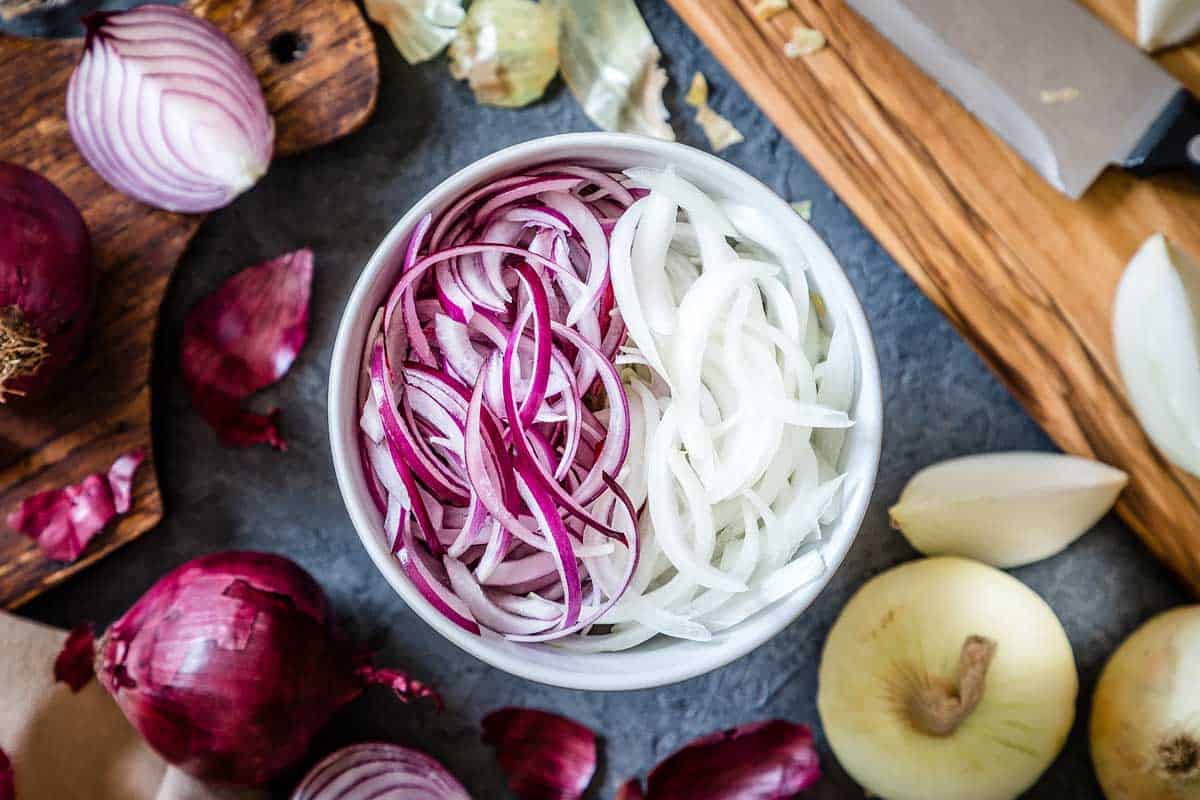
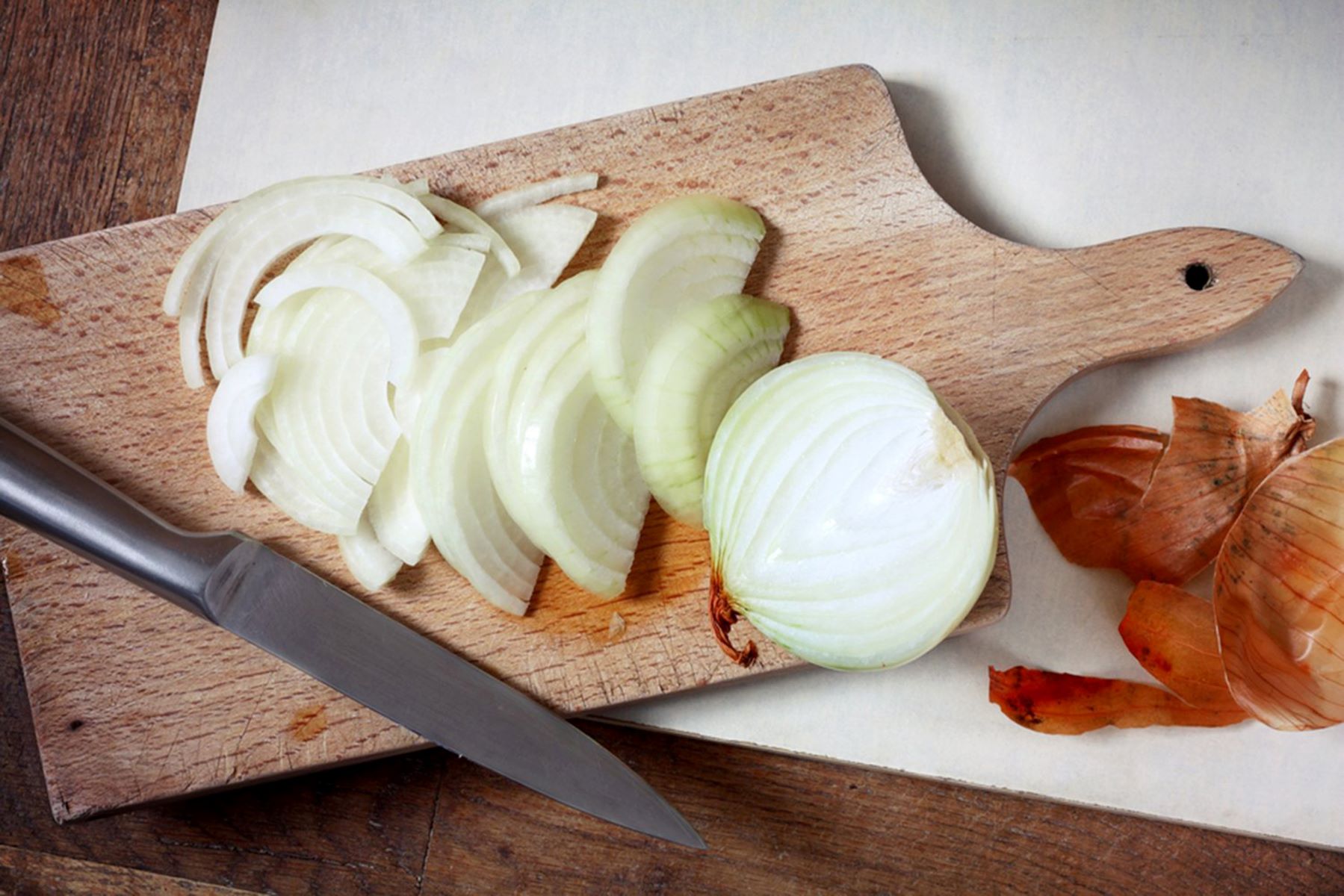
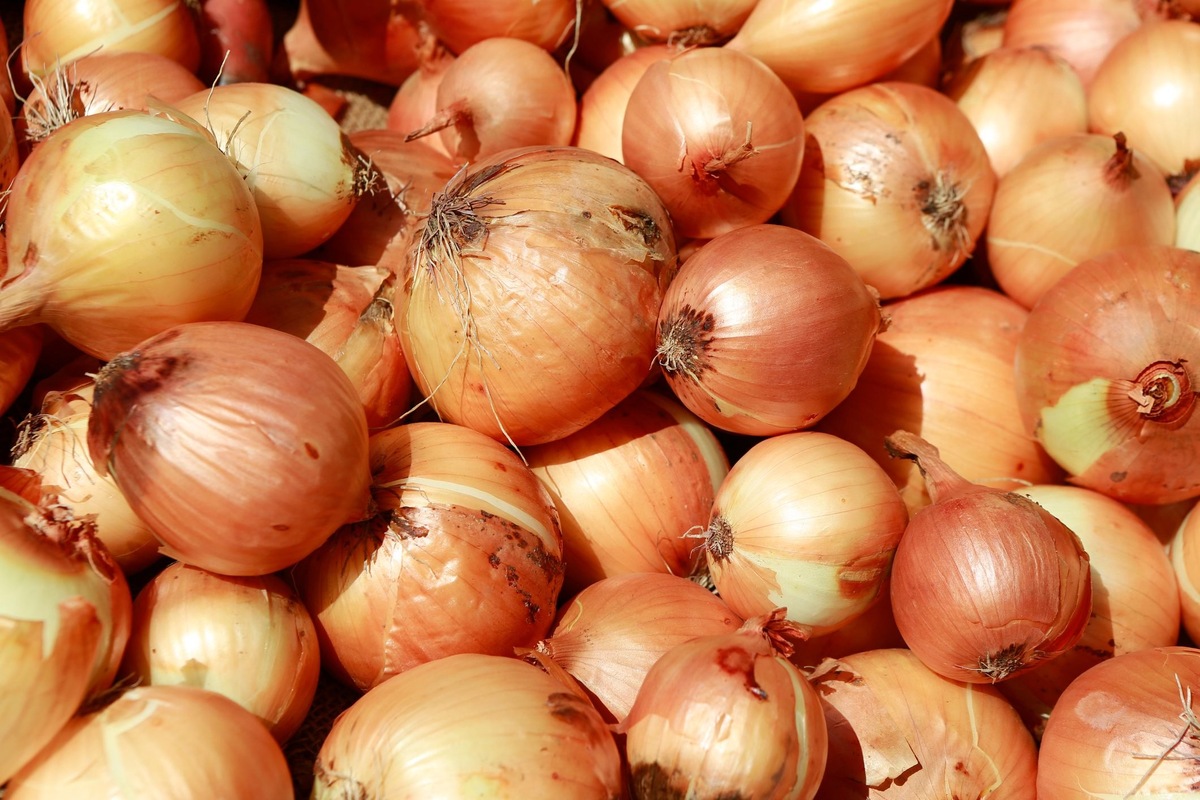

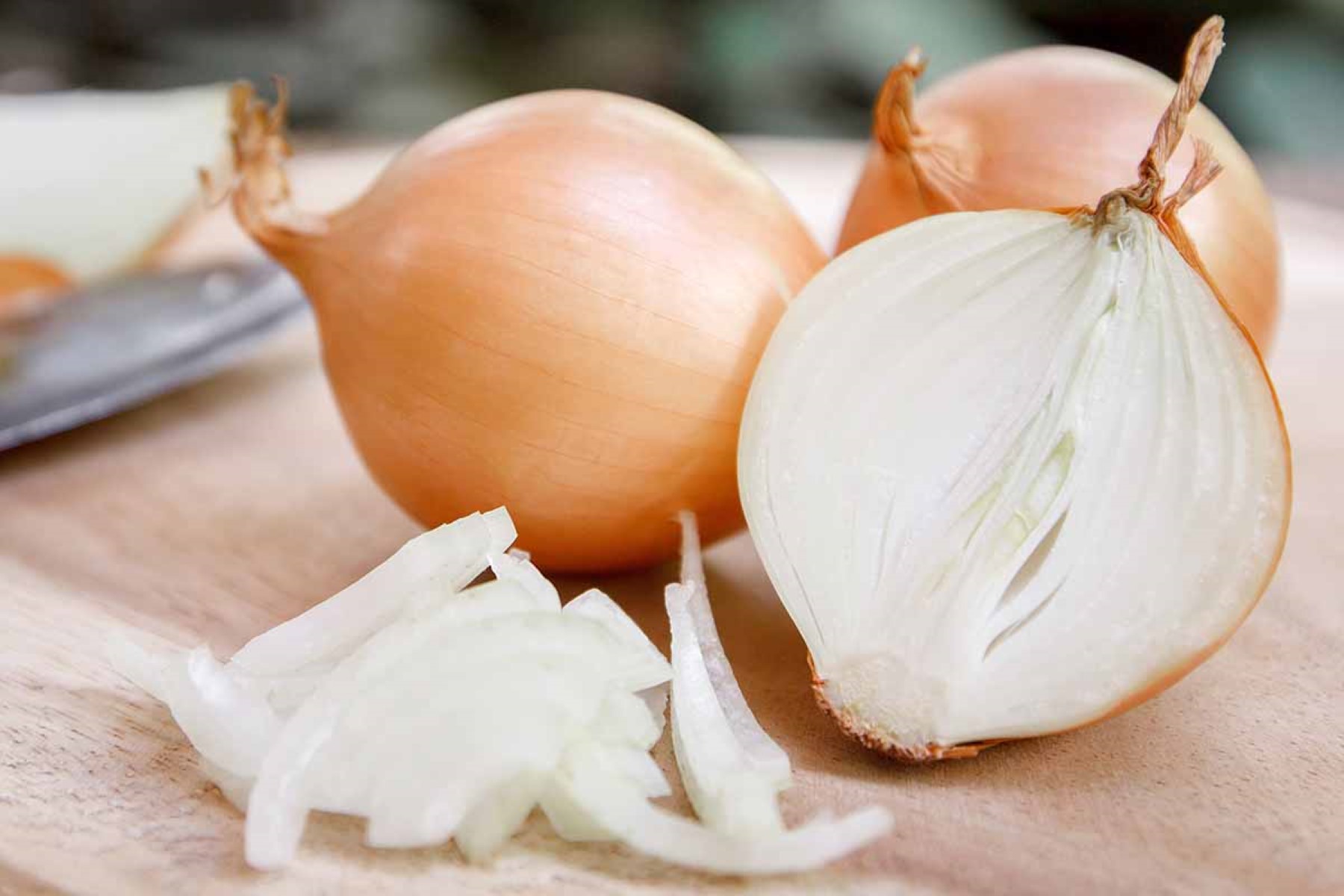
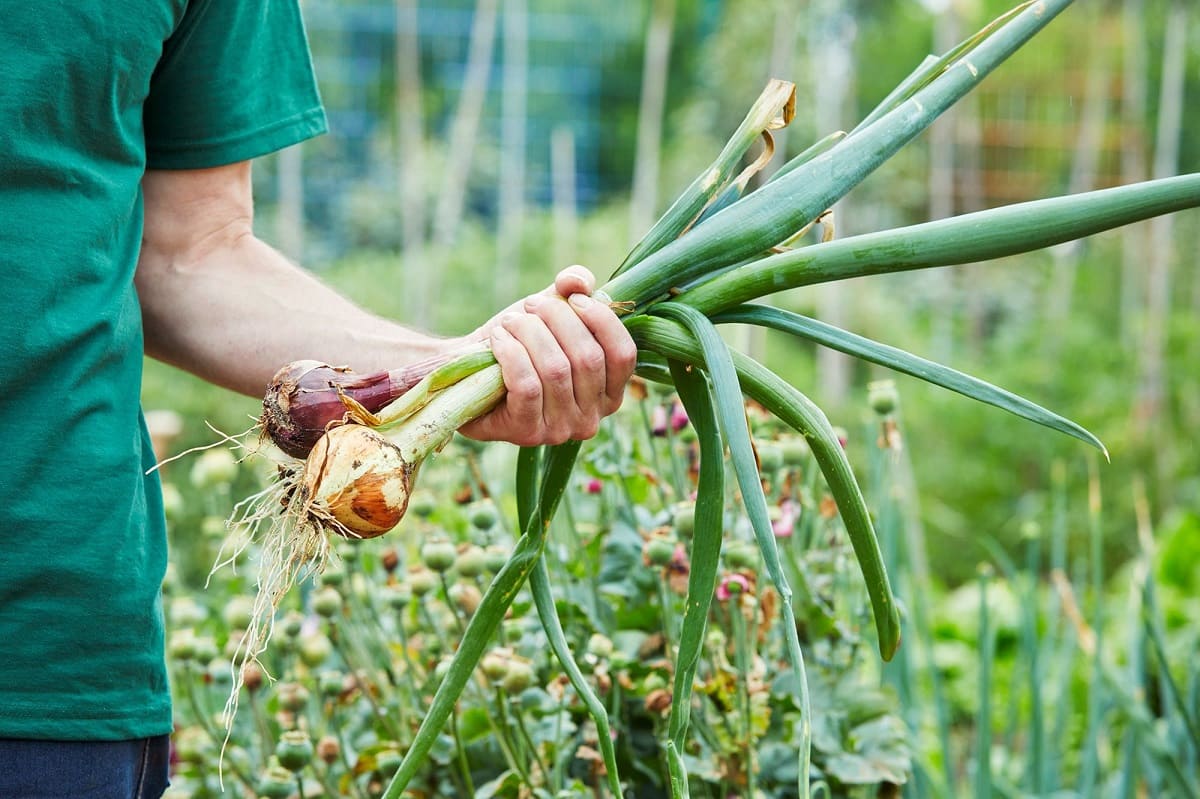
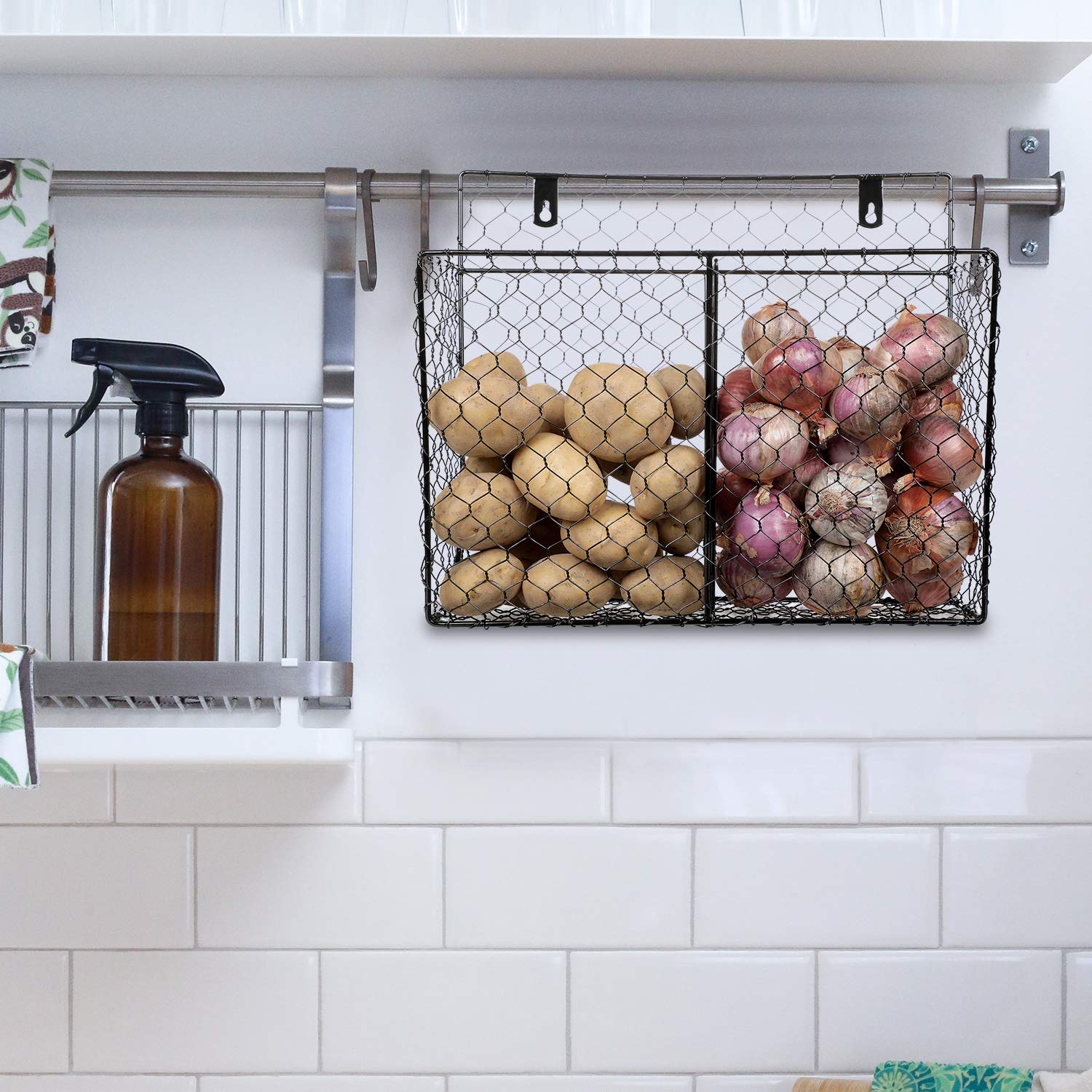
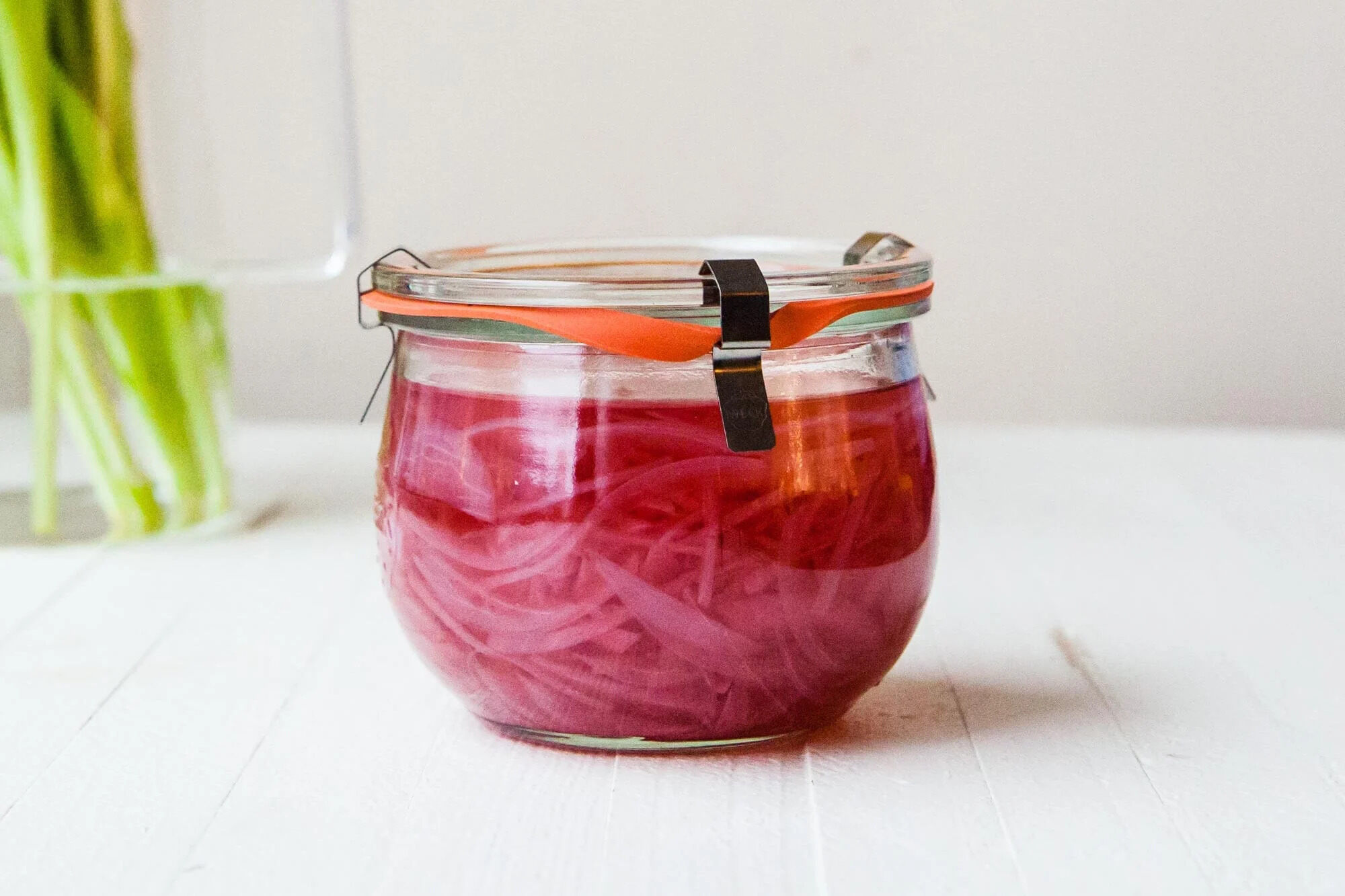

0 thoughts on “How To Store Sweet Onions”